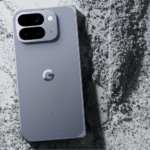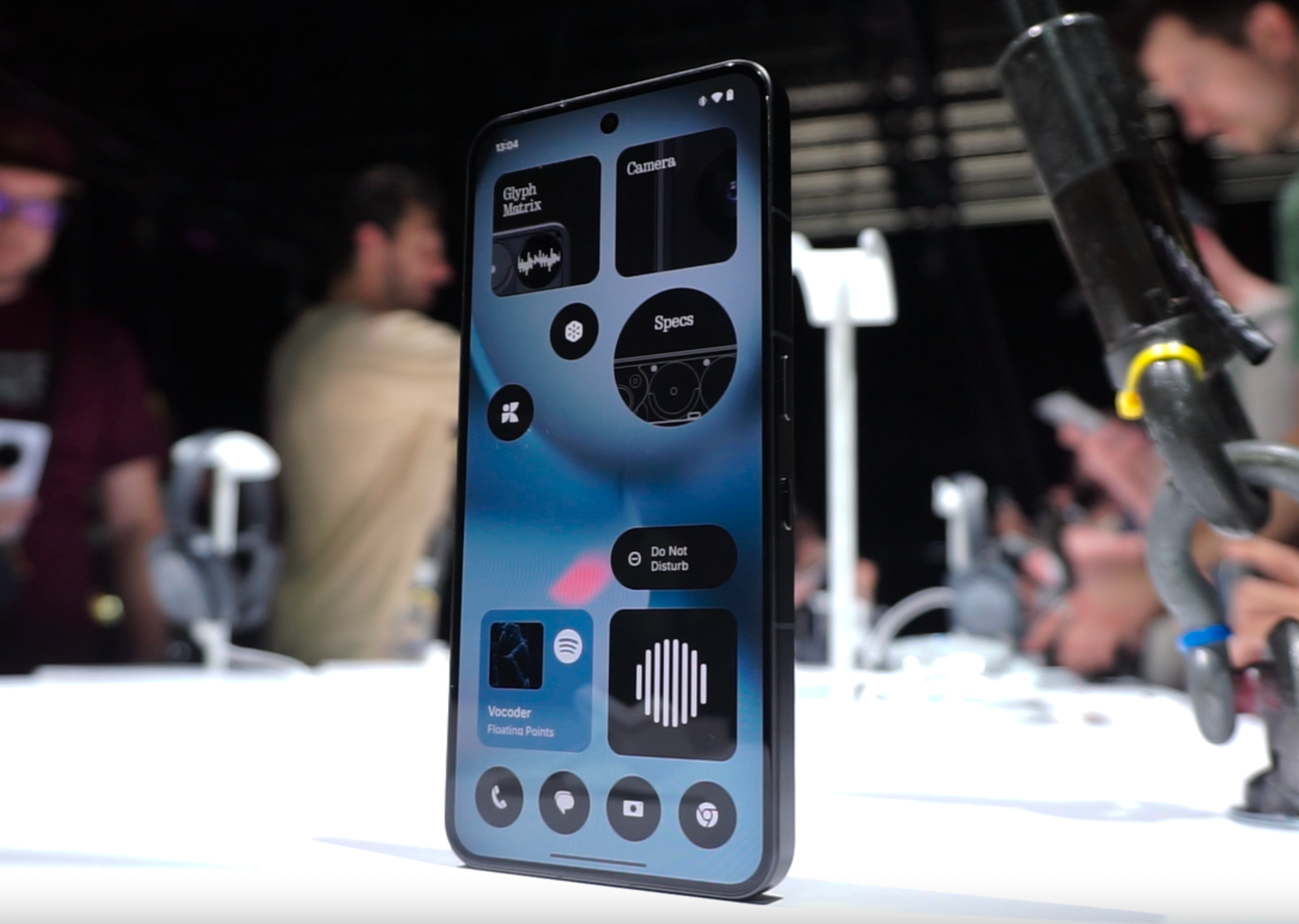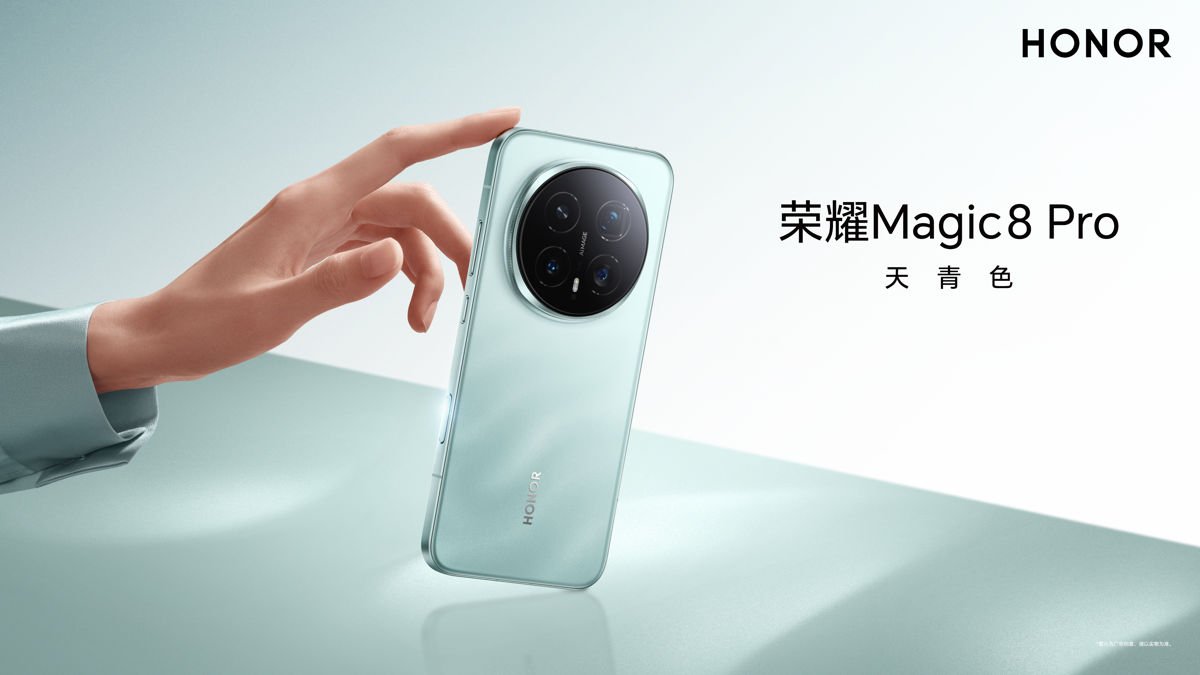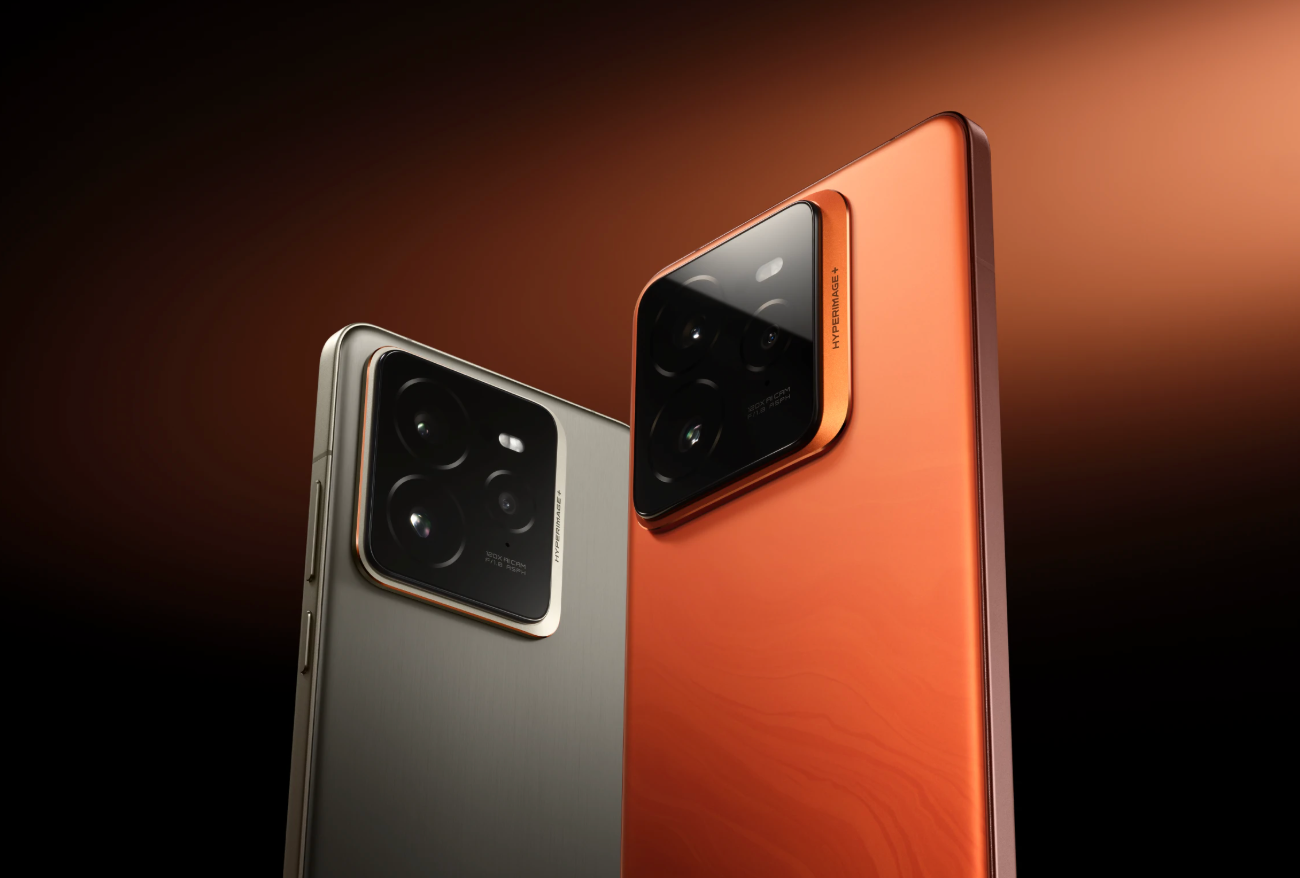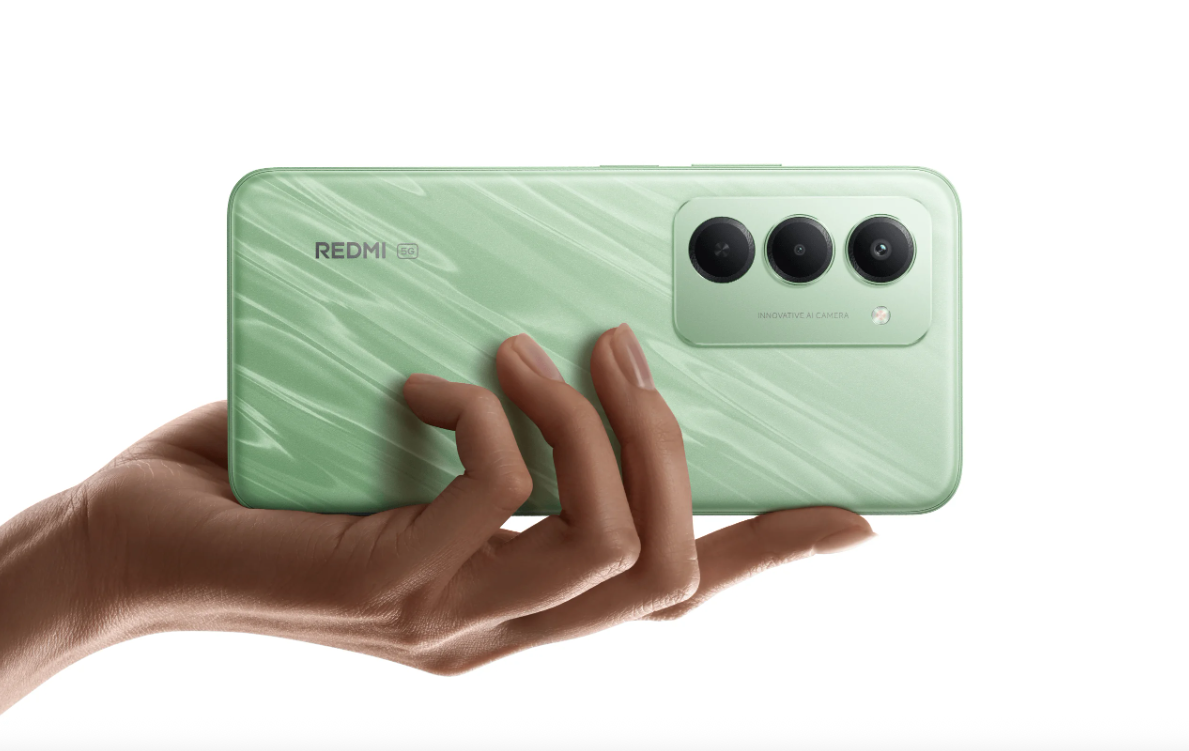Nothing recently announced the launch of the Phone (3), its latest flagship Android phone. While it does come with an overall familiar feel, the brand has decided to switch things up a bit this time around, and we’ve managed to get a first look at the device just before it hits storefronts worldwide. That being said, has Nothing finally perfected its formula?
Design and Display
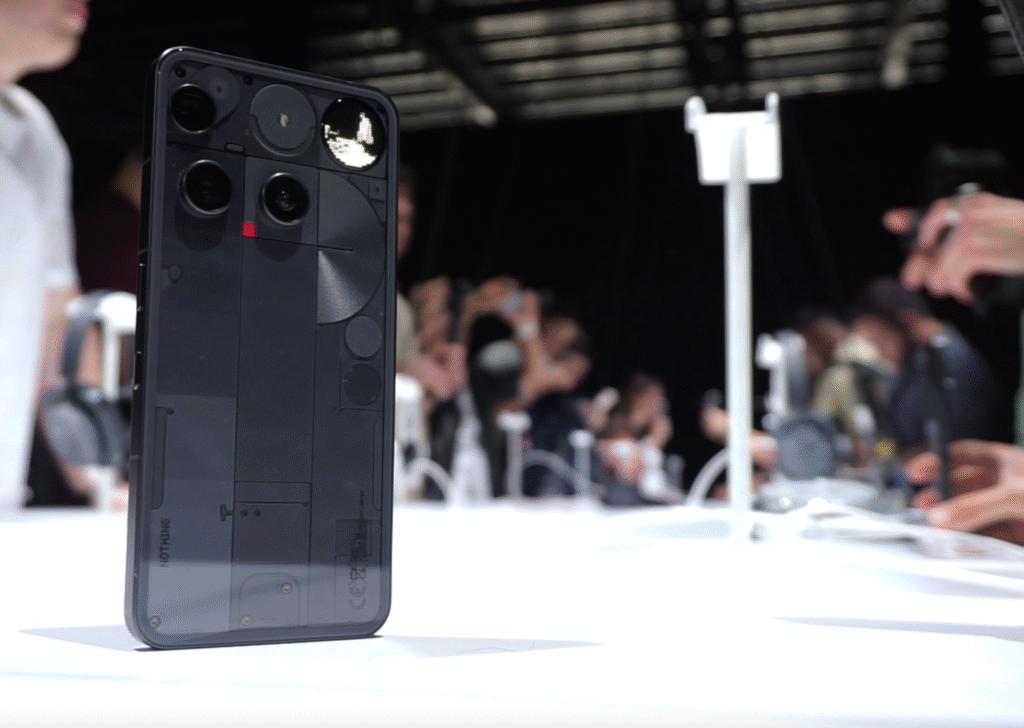
The Phone (3)’s general look doesn’t stray too far from its predecessors, maintaining a glossy transparent rear panel that shows off some subtle design accents. One big change though is the removal of the the Glyph Interface lighting setup, in lieu of a simple and more straightforward Glyph Matrix display. It also functions as a notification hub, although users can tap on a capacitive button on the rear to shuffle between its many different functions. The Essential Space button is also here, allowing users to map specific functions which can be easily accessed with a single press.
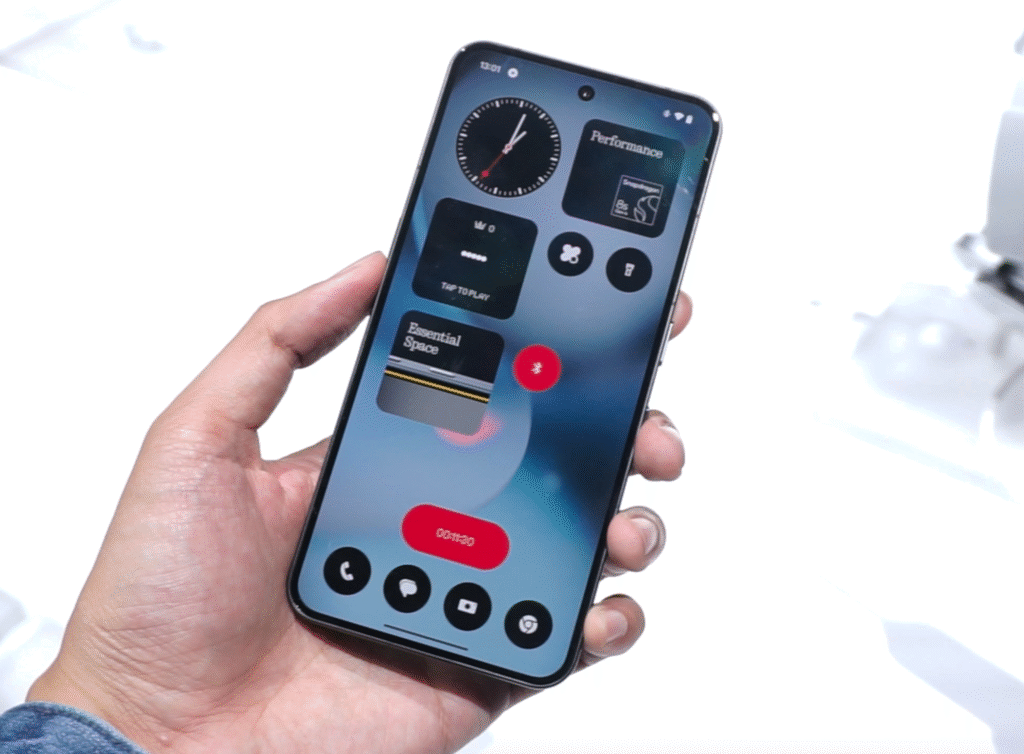
As for its display, the Nothing Phone (3) comes with a 6.67-inch AMOLED display with super-slim bezels all around, and gets incredibly bright at 4500 nits of peak brightness. It certainly looks smooth thanks to its 120Hz refresh rate, and should be more than enough for most general usage scenarios; likewise, Nothing OS breezes through, with nary a hiccup during multitasking or UI scrolling.
Overall though it feels like a solidly-built device, although we reckon that the camera design on the rear might be a bit divisive between fans.
Internal Specs and Cameras
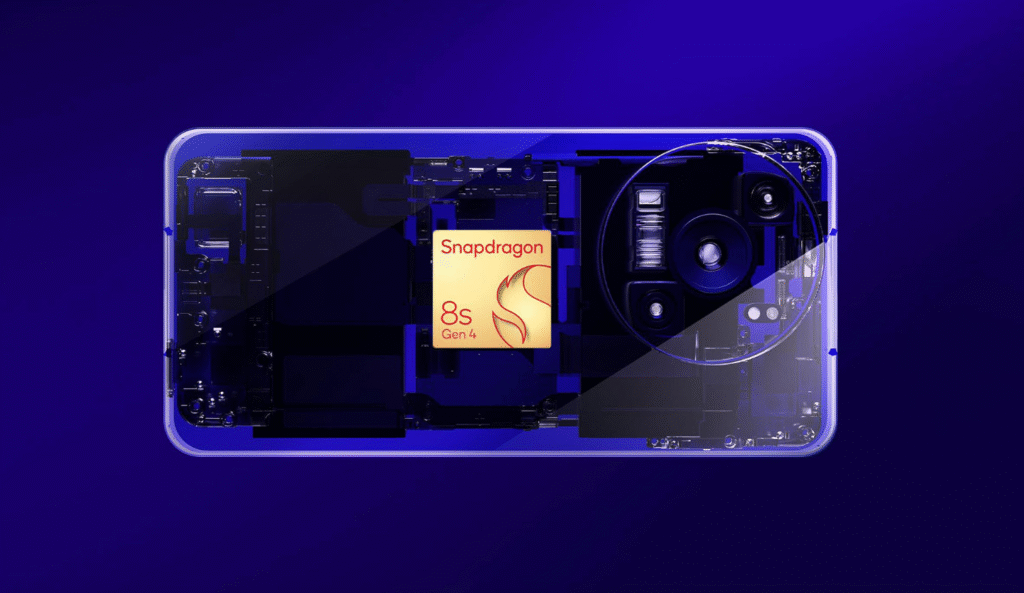
Powering the Nothing Phone (3) is Qualcomm’s Snapdragon 8s Gen 4 chipset, the same SoC found in other devices such as the recently-launced POCO F7. Unfortunately, we weren’t able to test the phone’s performance at the showroom, but given the 8s Gen 4’s relatively-comparable scores to the 8 Gen 3, it’s safe to say that the phone will be more than capable for intensive apps and gaming.
You’re also getting a 5150 mAh battery within the handset, which supports 65W charging speeds. It should be noted though that the Indian variant of the phone features a larger 5500 mAh cell, although it stays at the same charging speed.
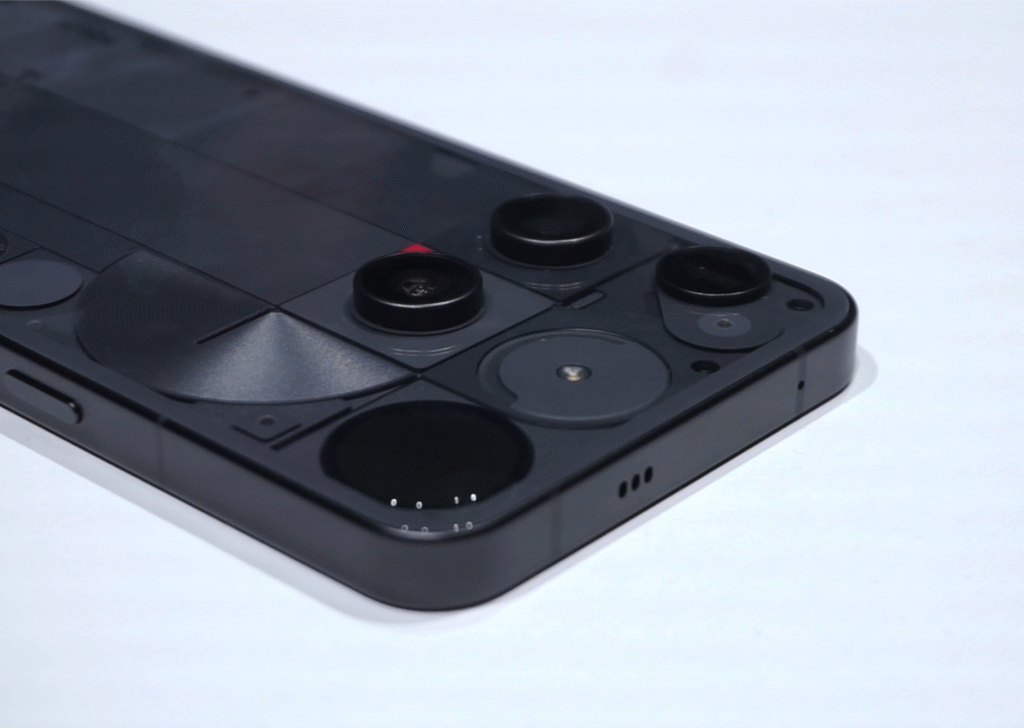
For cameras, the Phone (3) features an interesting setup with an asymmetrical lens layout , led by a 1/1.3-inch main sensor. Video recording maxes out at 4K resolution and 60 frames per second throughout all lenses, with support for optical image stabilization as well. Test shots looked relatively good, but further testing is needed to fully show how the cameras perform in a non-controlled environment.
At a price starting at $799 (for the base 256GB storage variant), Nothing is certainly confident that the Phone (3) will be able to win buyers, even with the existence of similarly-spec’d devices all over the market. However, there’s still a bit of waiting to be done as to how the device will perform in the long run – so far though, it manages to shine in its own way.





